1. Introduction to Poultry Manure Processing Machine
With the rapid growth of poultry farming globally, effective management of poultry manure has become a critical environmental and operational concern. Poultry manure, if not properly treated, can cause pollution, unpleasant odors, and spread diseases. The Poultry Manure Processing Machine is a specially designed equipment that transforms raw poultry waste into valuable organic fertilizer or bioenergy feedstock through drying, crushing, separating, composting, and pelletizing processes.
This machine not only helps poultry farms manage waste efficiently but also supports sustainable agricultural practices by recycling nutrients back into the soil. It reduces environmental pollution, lowers disposal costs, and provides organic fertilizer that improves soil health and crop yields.
In this guide, we will explore the detailed specifications, features, benefits, applications, operating procedures, maintenance tips, troubleshooting methods, and frequently asked questions about poultry manure processing machines.
2. Technical Parameters of Poultry Manure Processing Machine
Processing Capacity | 1 to 15 tons per hour |
Power Supply | 380V / 50Hz / 3 Phase |
Power Consumption | 10 kW to 40 kW (depending on model) |
Machine Weight | 2 to 10 tons |
Input Moisture Content | 50% to 75% |
Output Moisture Content | 10% to 20% |
Processing Methods | Drying, Crushing, Separation, Composting, Pelletizing |
Material of Construction | Stainless Steel / Carbon Steel |
Control System | PLC Automated / Manual |
Dimensions (L×W×H) | Approx. 5m × 2.5m × 3m |
Applicable Material | Poultry manure, chicken manure, organic residues |
3. Features of Poultry Manure Processing Machine
3.1 Multi-Functional Integration
Combines multiple processes such as drying, crushing, screening, separation, composting, and pelletizing in a single system, making waste processing efficient and streamlined.
3.2 Efficient Moisture Control
Reduces moisture content from high levels (up to 75%) to below 20%, which is essential for long-term storage and further processing.
3.3 Automated Operation
Utilizes PLC control systems for precise monitoring and automatic adjustment of temperature, speed, and moisture levels to ensure optimal processing.
3.4 Odor and Pollution Reduction
Effectively controls odors and harmful gases by maintaining aerobic conditions during composting and drying, improving the working environment.
3.5 Durable and Corrosion-Resistant
Constructed with stainless steel or carbon steel coated with anti-corrosion materials to withstand harsh manure conditions.
3.6 User-Friendly Design
Simple controls, clear display interfaces, and modular components make the machine easy to operate and maintain.
3.7 Energy Efficient
Designed to optimize power consumption while maintaining high processing capacity.
3.8 Safety Features
Includes emergency stop buttons, overload protection, and safety guards to protect operators.
4. Advantages of Poultry Manure Processing Machine
Environmental Protection: Minimizes pollution risks by reducing harmful pathogens, odors, and nutrient runoff.
Resource Recycling: Converts manure into organic fertilizer, supporting sustainable agriculture.
Cost Savings: Reduces disposal costs and dependence on chemical fertilizers.
Labor Reduction: Automation decreases manual handling and labor intensity.
Compliance: Helps farms meet environmental regulations and waste management standards.
Improved Farm Hygiene: Reduces fly breeding, odors, and disease transmission.
Versatility: Suitable for various poultry types, including chickens, ducks, and turkeys.
Scalability: Available in small to large models for different farm sizes.
Energy Production: Supports biogas generation from processed manure.
5. Applications of Poultry Manure Processing Machine
Poultry Farms: Daily treatment of manure from broilers, layers, breeders, and free-range poultry.
Organic Fertilizer Plants: Produces raw material for organic fertilizer granulation and composting.
Biogas Plants: Prepares manure for anaerobic digestion and biogas production.
Agricultural Waste Management: Processes mixed organic wastes, including crop residues and manure.
Municipal Waste Treatment: Treats manure from poultry markets and processing facilities.
Aquaculture Farms: Manages poultry waste to prevent water pollution.
Renewable Energy Production: Converts manure into biomass fuel or bioenergy feedstock.
6. Operating Instructions for Poultry Manure Processing Machine
6.1 Pre-Operation Checks
Inspect the machine for any damage or loose components.
Verify stable power supply and grounding.
Confirm feedstock moisture and size meet machine requirements.
Check lubrication and safety devices.
6.2 Step-by-Step Operation
Feeding: Load raw poultry manure into the feeding hopper or conveyor.
Drying: Apply mechanical pressing or thermal drying to reduce moisture.
Crushing and Screening: Crush solid manure and screen out impurities.
Separation: Separate solids and liquids if the machine includes this function.
Composting: Aerate and mix manure to accelerate microbial fermentation.
Pelletizing (optional): Compress processed manure into fertilizer pellets.
Discharging: Collect processed material for packaging or further use.
Monitoring: Use control panel to adjust temperature, moisture, and motor speed.
Emergency Handling: Follow manufacturer guidelines for fault or emergency stops.
6.3 Safety Precautions
Wear protective gear such as gloves and masks.
Keep hands and clothing clear of moving parts.
Ensure proper ventilation in the work area.
Follow emergency shutdown procedures if needed.
7. Maintenance and Cleaning
Daily: Remove debris, inspect for abnormal noises or leaks.
Weekly: Lubricate bearings, clean filters and conveyors.
Monthly: Check belts, rollers, and electrical connections.
Quarterly: Inspect safety devices and sensors.
Annual: Conduct full service, replace worn parts, and calibrate control systems.
8. Troubleshooting Common Issues
Machine Won't Start | Power failure or motor issues | Check power source and motor |
Inadequate Drying | Low heat or airflow | Increase temperature, clean vents |
Feeding Blockage | Foreign objects or wet clumps | Remove blockage, screen feedstock |
Excessive Noise | Loose parts or bearing damage | Tighten bolts, replace bearings |
Odor Problem | Poor ventilation or excessive moisture | Improve ventilation, reduce feed moisture |
Control Panel Malfunction | Sensor or wiring faults | Inspect sensors and wiring |
9. Frequently Asked Questions (FAQ)
Q1: What moisture reduction is achievable?
Typically from 65–75% to 10–20%.
Q2: Can it process manure mixed with bedding?
Yes, but preprocessing to remove large debris is recommended.
Q3: Is this machine suitable for small farms?
Models are available for farms of various sizes.
Q4: How much power does the machine consume?
Power consumption ranges from 10 kW to 40 kW depending on size.
Q5: How often is maintenance required?
Daily cleaning, weekly lubrication, and annual servicing recommended.
Q6: Does it reduce odor effectively?
Yes, through drying and aerobic composting.
Q7: Is operator training necessary?
Basic training ensures safe and efficient operation.
Q8: Can it integrate with biogas systems?
Yes, processed manure is ideal for biogas digesters.
Q9: How long does processing take?
Typically 30 minutes to 2 hours depending on capacity.
Q10: Can it handle other animal manures?
Yes, with minor adjustments it can process pig, cow, and other livestock manures.
10. Conclusion
The Poultry Manure Processing Machine is a vital technology for modern poultry farming, promoting sustainable waste management and resource recycling. It efficiently transforms manure into organic fertilizer, reduces pollution, and improves farm hygiene. Investing in this equipment enhances farm profitability, supports environmental compliance, and contributes to a circular agricultural economy.
For farms looking to improve manure management, adopting a reliable poultry manure processing machine is a forward-looking solution that benefits the environment and farm operations alike.
Company Profile
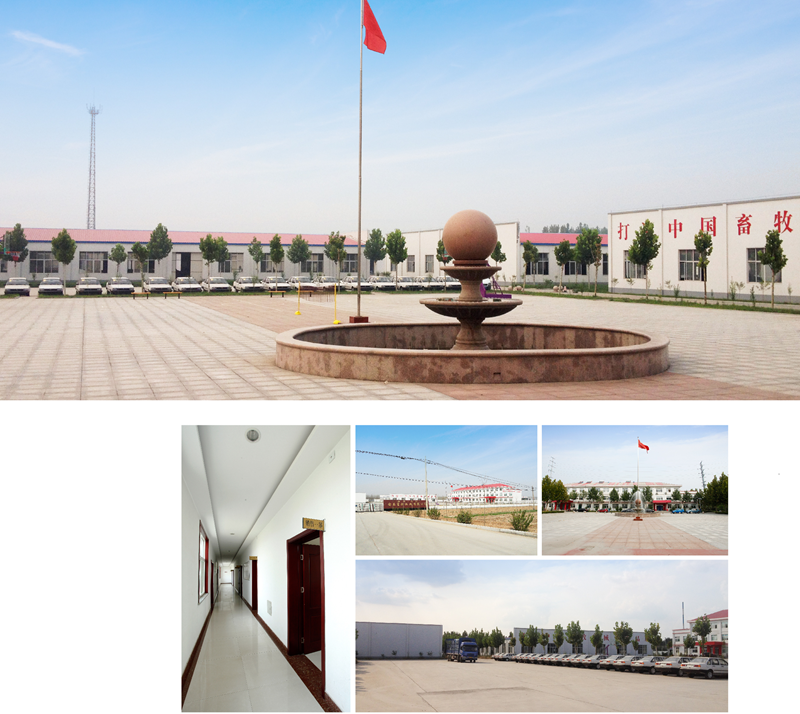
Shandong Huimin Qinle Livestock Machinery Co., Ltd. (formerly Shandong Huimin Qinle Livestock Machinery Factory) is a professional poultry equipment manufacturer with over 20 years of experience. We offer a comprehensive service package, from design (land and chicken coops), production (equipment and prefabricated steel coops), installation, commissioning, customer training, and after-sales service.
Located in Huimin County, Binzhou City, Shandong Province, China, the company has extensive experience in mechanical processing and manufacturing, as well as livestock machinery production and operation. With fixed assets of RMB 15 million, the company employs 160 people, including 30 R&D staff, and occupies a 40,000-square-meter factory. Equipped with over 110 pieces of advanced precision production equipment, including CNC machining centers and laser cutting machines, the company boasts a production capacity of RMB 50 million.
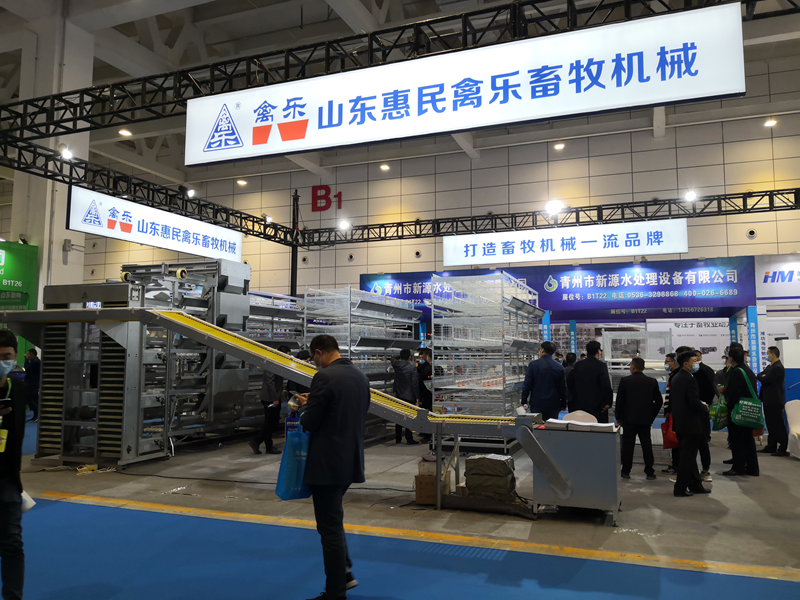


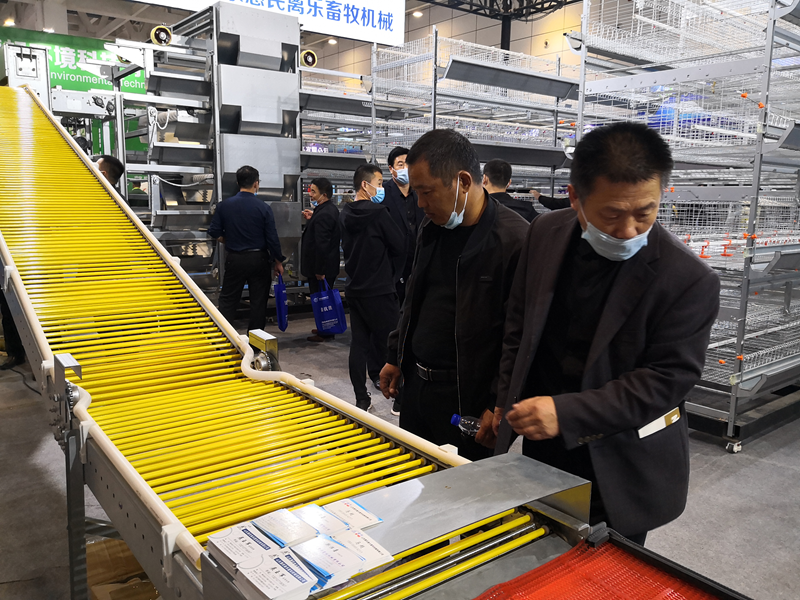
Chicken Farming Equipment Mesh Production Workshop

Machining Workshop

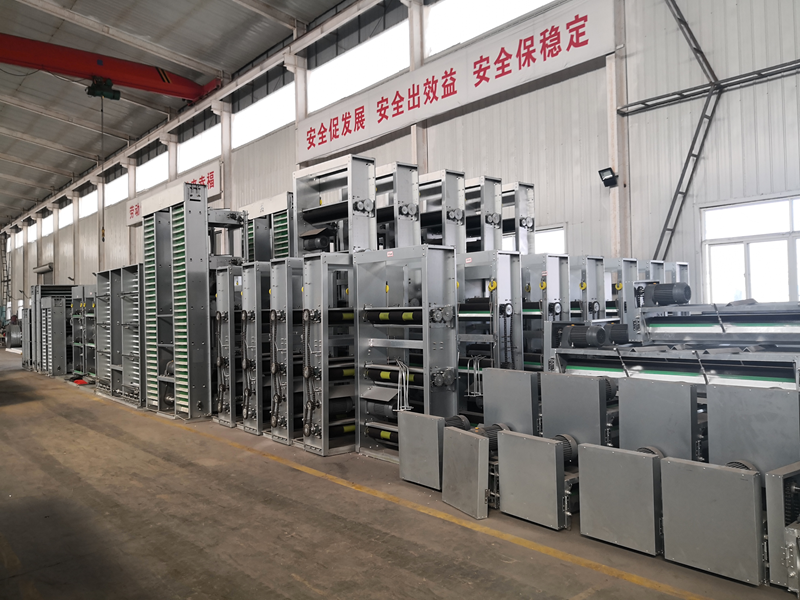
Turret-type CNC Punch Press, Laser Cutting and Other Machining Equipment



Fully Automated Roll Forming Production Line

Hot-dip Galvanizing Production Line

Electroplating Production Line

Environmental Protection Equipment

Chicken Farming Equipment Product Series
Egg-laying Hen Farming Equipment
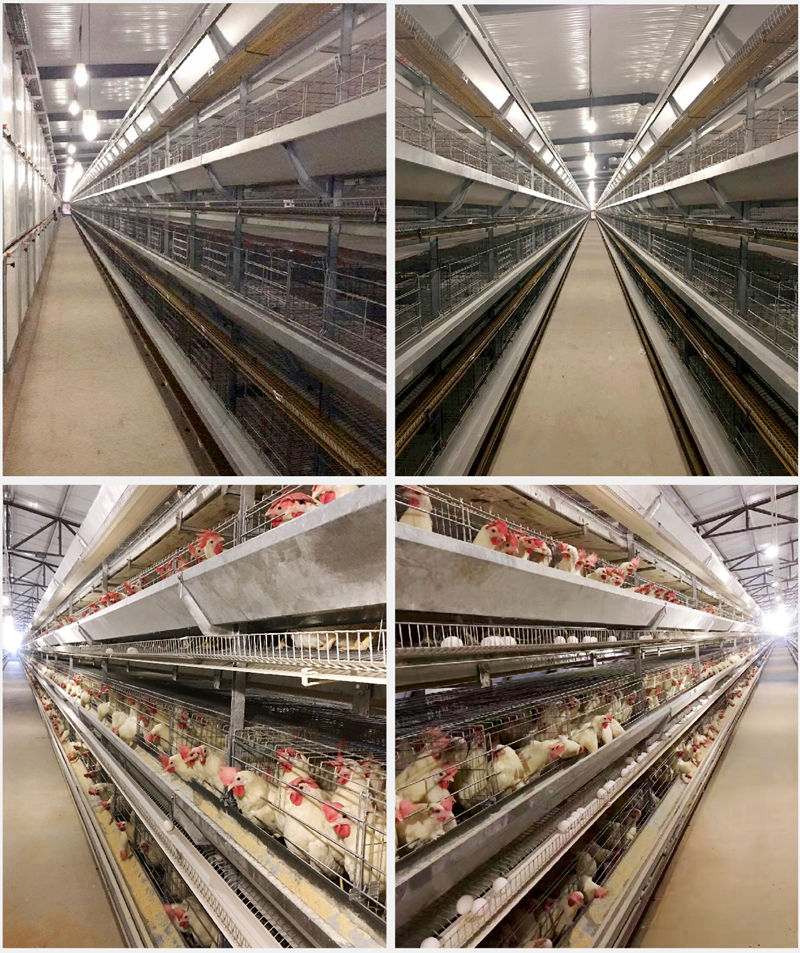
Stacked Brooding Cage Equipment

Stacked Broiler Cage Equipment
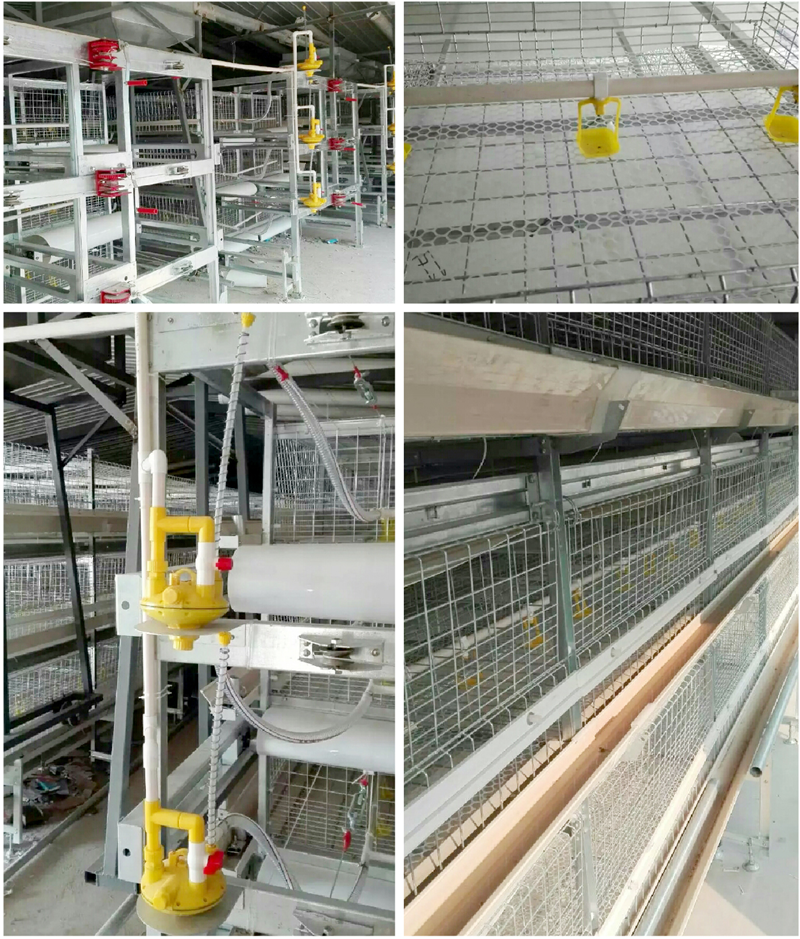
Stepped Layer Hen Cage Rearing Equipment
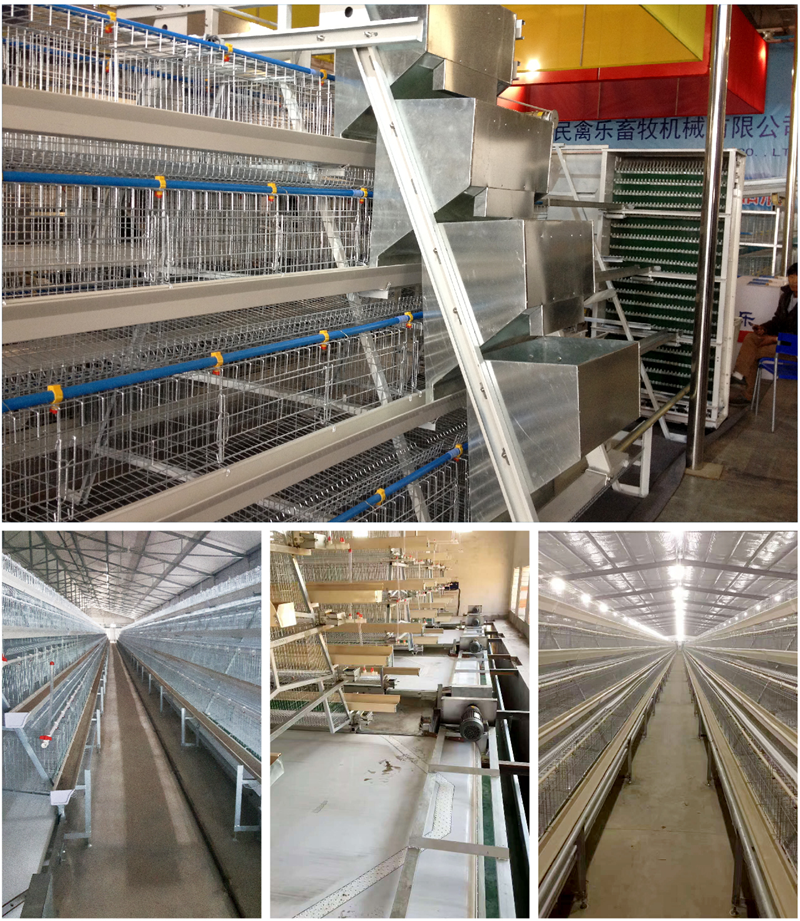
Automatic Egg Collection System

H-type Cage Feeding Machine
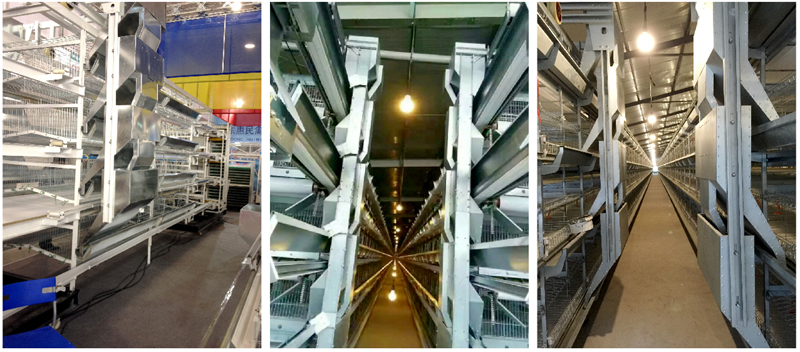
Stepped Cage Straddle Feeder
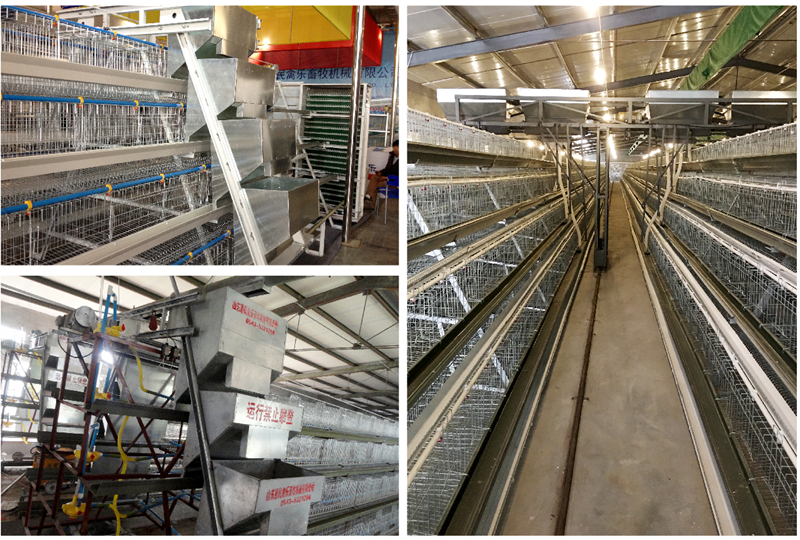
Manure Removal Machine

Fans, Heated Curtains, Environmental Control Systems, and Lighting Equipment
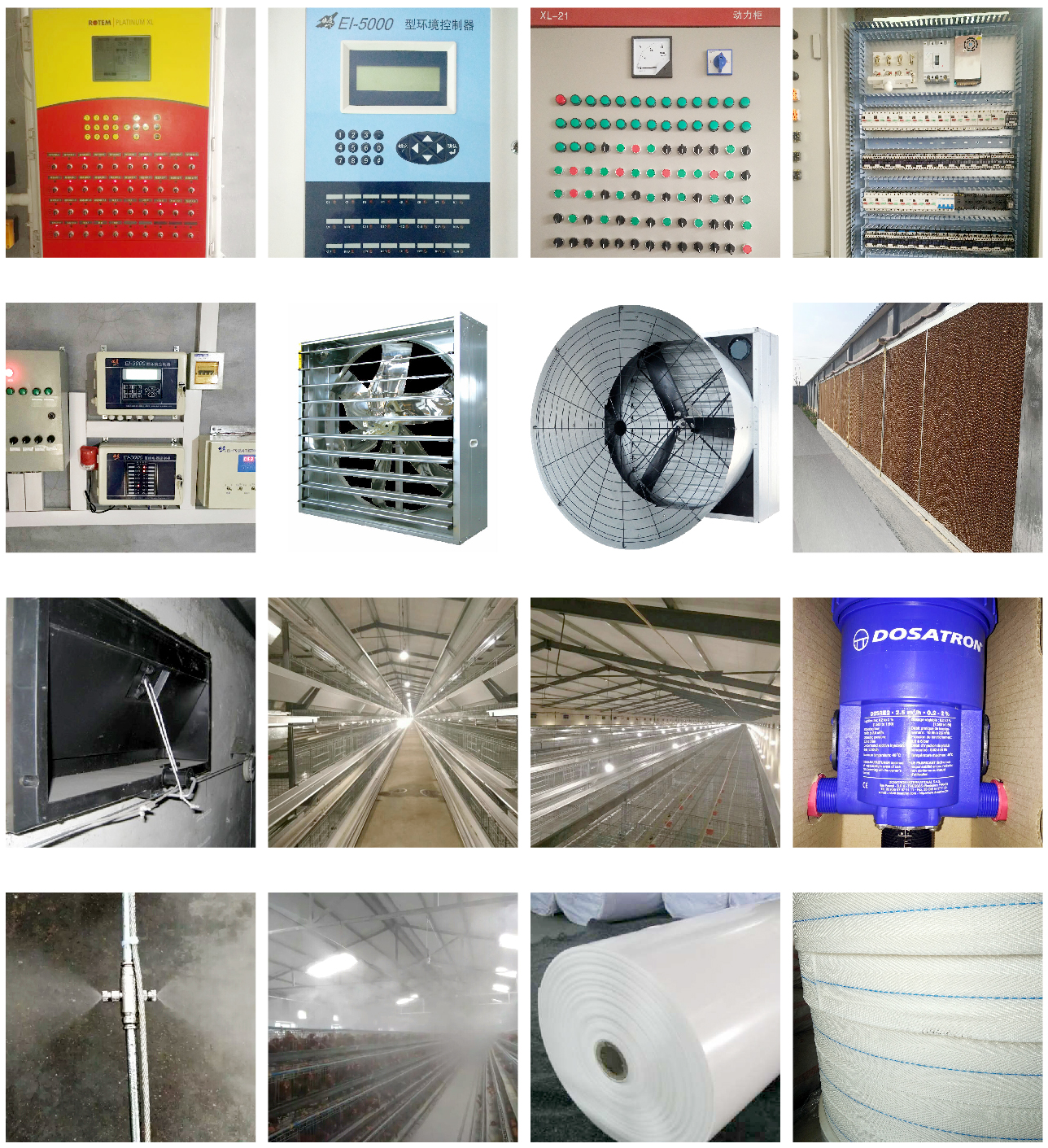
Complete Set of Equipment for Organic Fermentation Treatment of Manure


 Catalogue
Catalogue






























 Whatsapp
Whatsapp Телефон
Телефон